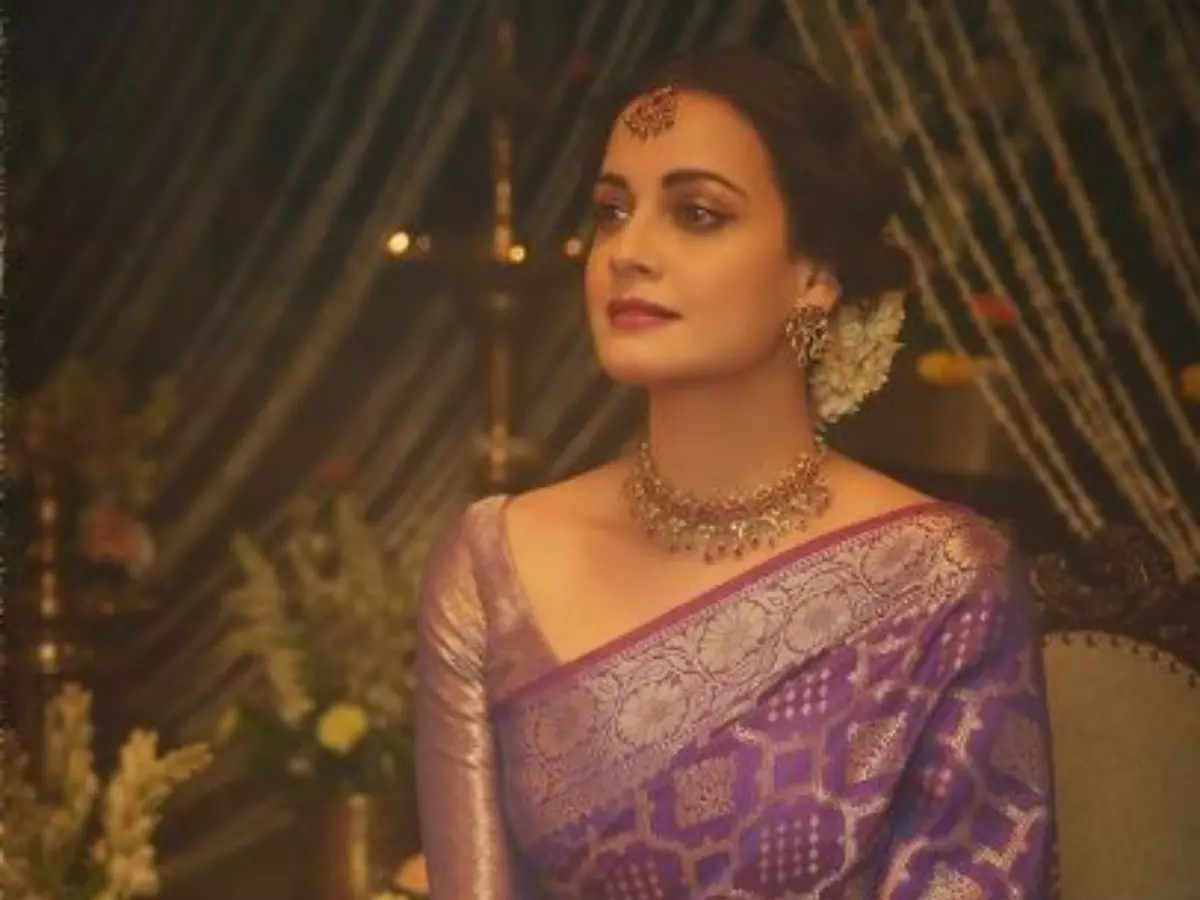Dia Mirza: A Champion of Natural and Sustainable Fashion
Dia Mirza, renowned for her advocacy of all things natural and sustainable, serves as an eco-investor and a Goodwill Ambassador UNEP, UN Secretary General’s Advocate for SDGs. On National Handloom Day, Dia Mirza took to social media to showcase her love for handwoven garments and empower Indian artisans.
Dia Mirza’s National Handloom Day Post
Dia Mirza posted a series of stunning images of herself adorned in beautiful handloom wear made by the skilled weavers of India. In one captivating photograph, she radiates in a gorgeous purple silk saree, her love for Indian garments evident in her caption:
“Over the years, it has been my absolute privilege to celebrate handwoven garments. This #NationalHandloomDay let’s continue to support and empower our artisans. The hands that weave timeless stories.”
Beyond the purple saree, Dia Mirza also showcased a striking block print kurta and skirt paired with an intricate thread work shawl. Her appreciation for the handloom industry is reflected in her words:
“The textile industry is one of the largest sources of employment generation in the country, with over 45 million people employed directly, including a large number of women and the rural population. As per the Fourth All India Handloom Census 2019-20, India has 35,22,512 handloom workers, out of which over 70% of weavers and allied workers are female. Similarly, out of the total 31.45 Lakh households involved in handloom activities, 88.7% of weaver households are in rural areas. Thus, the handloom sector is an important medium for empowering women and rural India.”
Sustainable Clothing and Global Goals
Dia Mirza’s passion extends beyond the promotion of handloom garments to advocating for sustainable clothing practices that align with global goals. She emphasizes the importance of sustainable fashion in achieving goals related to gender equality, decent work and economic growth, and climate action.
Dia Mirza highlights the diverse styles, designs, and techniques employed in Indian handlooms, showcasing the rich cultural heritage of the country. She mentions notable styles such as Maheshwari, Chikankari, Jamdani, Kutch embroidery, and traditional designs from Assam and Manipur.
History of Weaving and Dyes in India
Dia Mirza acknowledges the ancient origins of weaving and dyeing in India. She cites the Victoria and Albert Museum’s documentation of cotton threads dating back to 4000 BC and dyed fabrics from India as early as 2500 BC.
This historical perspective underscores the deep-rooted tradition of handloom weaving and dyeing in India, highlighting the enduring skills and artistry of Indian artisans.
Conclusion
Dia Mirza’s advocacy for handloom garments and sustainable fashion serves as an inspiration to support and empower the artisans who preserve India’s rich cultural heritage. She emphasizes the role of handlooms in generating employment, particularly for women and rural communities.
By promoting sustainable clothing practices and highlighting the global goals associated with ethical fashion, Dia Mirza empowers consumers to make conscious choices that contribute to positive social and environmental outcomes.



